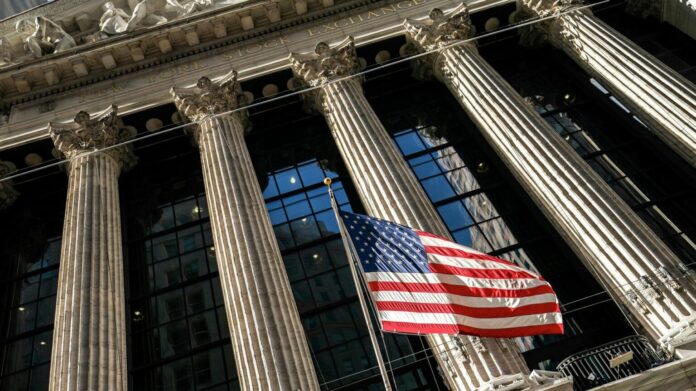Washington: A fresh round of US inflation data released last week showed persistently high prices, raising more questions about whether the Federal Reserve’s interest rate hikes are missing what many economists contend are the real inflationary culprits: corporate pricing, energy costs and supply chain disruptions, The Guardian reported.
The news is further stirring fears of unnecessary economic pain should the Fed push America into recession.
The Fed and some economists maintain that demand generated by a hot labor market and higher wages are driving inflation, and higher unemployment and interest rates are panaceas.
To that end, the Fed has hiked rates five times in 2022 and indicated more increases are to come, moves the Federal Reserve board chair, Jerome Powell, has acknowledged will “bring some pain” to households and businesses, The Guardian reported.
Data shows the Fed is making some progress in its aim: mortgage rates are soaring and home sales are plummeting. Meanwhile, the latest employment numbers show a sharp decline in job openings, as well as slowing job and wage growth.
Prices have risen at an annualized rate of over 6% since 2020’s second quarter compared with 1.8% during the pre-pandemic business cycle of 2007-2019. EPI broke prices in the non-financial corporate sector into three main components: labor costs, non-labor inputs and profit margins.
Over half of the Covid recovery era increase “can be attributed to fatter profit margins” while labor costs represented less than 8%, the report’s author, Josh Bivens, wrote.
“Companies are taking higher inputs, putting a bigger markup on them than they were previously, then passing that on to customers,” Bivens said.
Skyrocketing demand for durable goods coupled with supply chain problems has created “enormous pricing power” for companies that had stock on hand.
The situation is ever-evolving. Wages are falling, which should mean people are buying less and eroding corporations’ pricing power, Bivens said, and some supply chain issues are resolving themselves – the cost of some shipping containers is down by 64% from the same week last year.
The Biden administration’s most meaningful step to address soaring energy costs has been a new plan to wield the Strategic Petroleum Reserve – the nation’s reserve of crude oil – as a price control tool by effectively setting a floor and ceiling on the price of oil.













